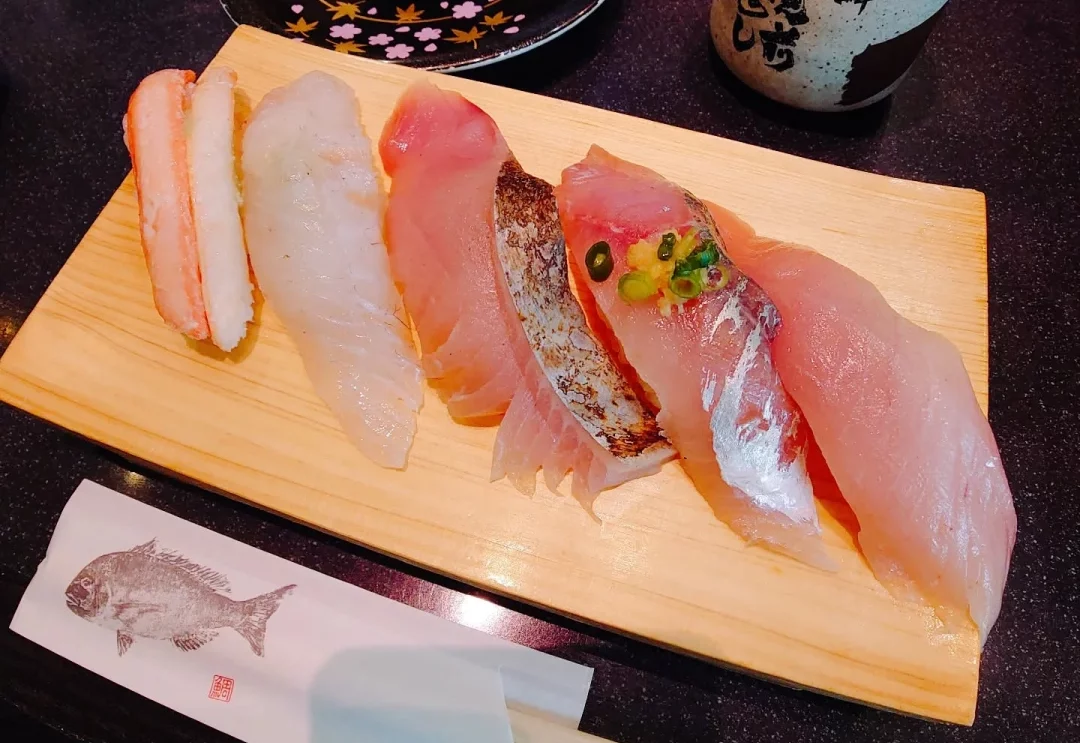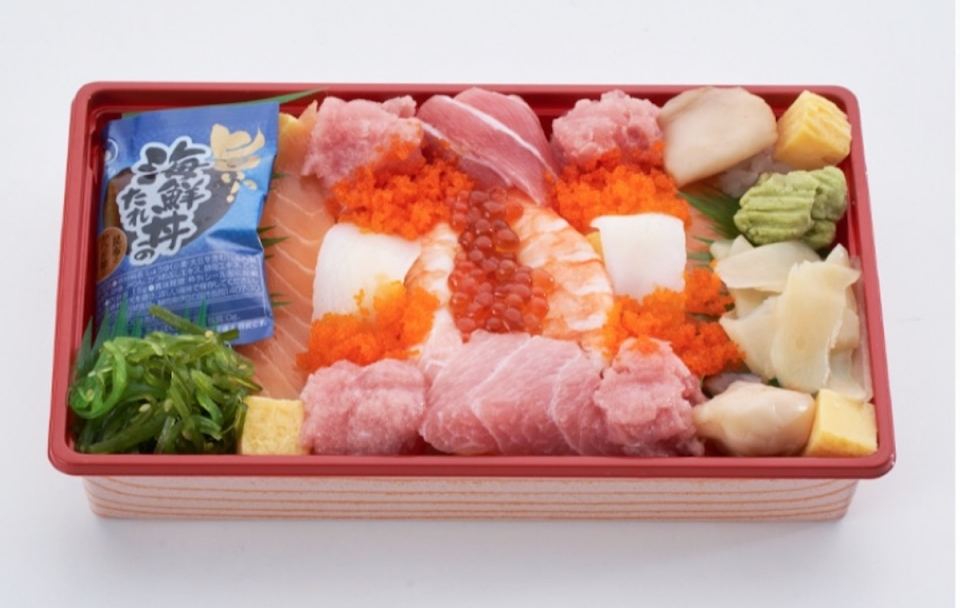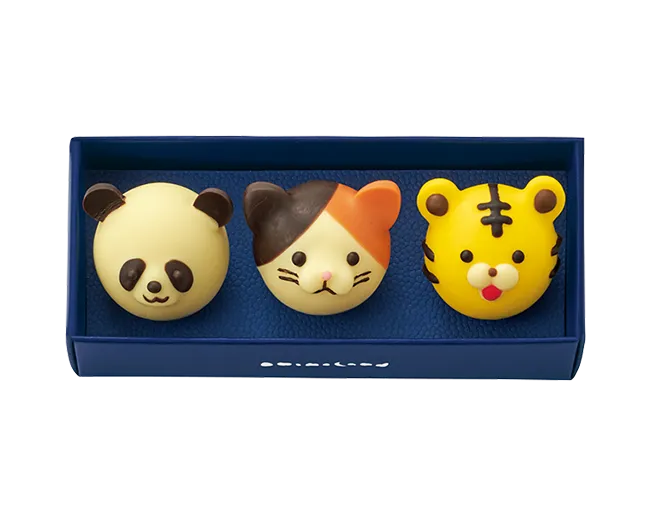For Chinese tourists visiting Japan, the two seemingly similar yet distinctly different types of restaurants in the Japanese dining scene might cause some confusion: one is labeled "中华料理" (Chūka Ryōri), while the other calls itself "中国料理" (Chūgoku Ryōri). Although the names differ by just one character, in reality, they diverge significantly in taste, business model, and cultural connotations. So, what exactly sets them apart? And which one is closer to the authentic flavor of Chinese cuisine?
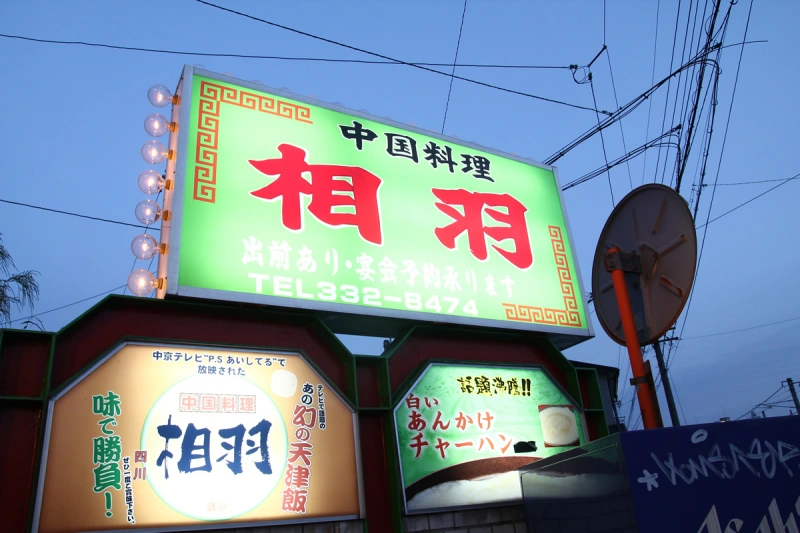
1. Differences in Taste and Cooking Methods
The most obvious distinction between "中华料理" (Chūka Ryōri) and "中国料理" (Chūgoku Ryōri) lies in their taste and cooking methods, a difference rooted in their varying pursuits of "authenticity" and adaptations to consumer preferences.
"中华料理" has undergone significant localization in Japan, with its seasoning and cooking techniques heavily adjusted to suit Japanese dietary habits. For example, common menu items like ramen, fried rice, pan-fried dumplings, and mapo tofu may share names with Chinese dishes, but their flavors are vastly different. Japanese ramen is renowned for its rich broth and chewy noodles, contrasting with traditional Chinese ramen, which typically emphasizes the noodles themselves rather than the soup. Similarly, in China, dumplings are traditionally boiled, with thick skins and hearty fillings, often served as a staple with dipping sauces; in Japan, however, "中华料理" dumplings are usually pan-fried, with thin, crispy skins and more vegetable-heavy fillings, often served as a side dish. These localized adjustments—such as reducing oiliness and incorporating Japanese soy sauce or miso—make "中华料理" align with the Japanese preference for lighter, less intense flavors.
In contrast, "中国料理" strives to preserve the authentic taste of Chinese cuisine. These restaurants are often run by Chinese chefs, using seasonings and techniques closer to Chinese traditions. For instance, mapo tofu might retain the spicy and numbing characteristics of Sichuan cuisine, and stir-fried green peppers with meat might carry the robust, savory aroma of Chinese sauces rather than the refined, subtle Japanese twist. Thus, for diners seeking authentic Chinese flavors, "中国料理" is clearly the better choice, while "中华料理" feels more like a uniquely Japanese reinterpretation.
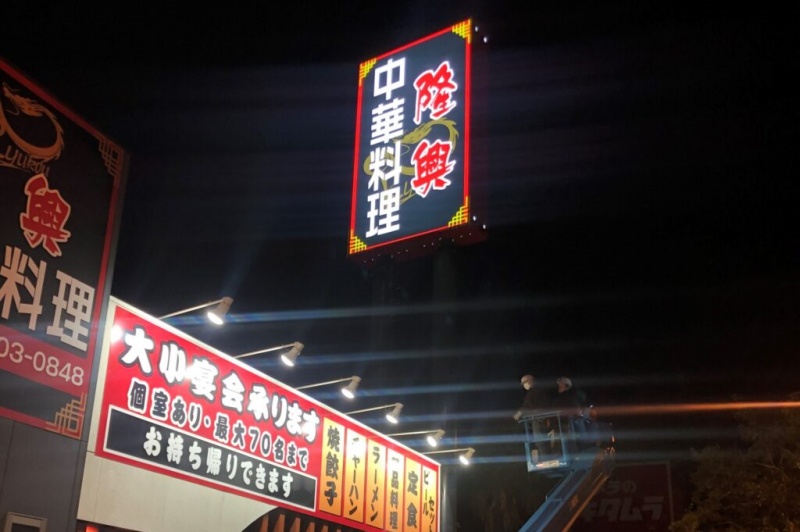
2. Differences in Restaurant Positioning and Ambiance
Beyond taste, "中华料理" and "中国料理" also differ starkly in their restaurant positioning and dining environments, reflecting their distinct target audiences and operational philosophies.
"中华料理" restaurants are typically small, casual establishments, often run by couples or small teams, located in quiet alleys or residential areas. These places prioritize simplicity and practicality, with basic table and chair setups, affordable prices, and a focus on everyday dishes like fried rice, ramen, and pan-fried dumplings. Their target customers are ordinary Japanese people, offering quick, budget-friendly dining options. This positioning makes "中华料理" a common "food for the masses" found in Japan’s streets and neighborhoods, akin to ramen shops or izakayas.
In contrast, "中国料理" often takes the form of upscale restaurants. These establishments are typically located in bustling commercial districts, such as shopping malls or department stores, with more sophisticated interiors often featuring Chinese elements like red lanterns to create a strong cultural ambiance. In terms of table setup, "中国料理" restaurants frequently use round tables, aligning with the Chinese tradition of family gatherings or banquets, while "中华料理" opts for square tables, reflecting Japanese simplicity. Additionally, "中国料理" menus are pricier and more diverse, potentially including regional specialties or refined dishes like Peking duck or Cantonese dim sum. This upscale positioning appeals to customers seeking quality and authenticity, particularly tourists or those with a deeper appreciation for Chinese cuisine.
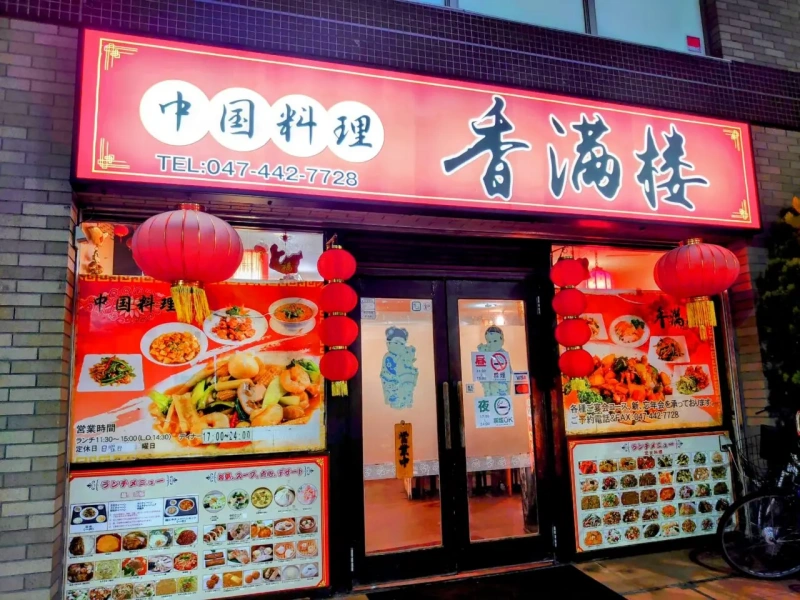
3. Differences in Cultural Connotations and Origins
The third major difference between "中华料理" and "中国料理" lies in their cultural connotations and origins, which go beyond the dishes themselves and reflect Japan’s approach to adopting and adapting foreign cultures.
"中华料理" can essentially be seen as a branch of Japanese cuisine. While inspired by Chinese food, it has been transformed and reimagined by the Japanese, evolving into a distinct entity. In a sense, "中华料理" is a product of Japanese culture. For example, the popularity of pan-fried dumplings is said to stem from a Japanese person who tasted Chinese dumplings, brought the technique back to Japan, and adapted it into a staple of Japanese food culture. This "localization and re-export" phenomenon is especially evident in Japanese ramen, which has not only taken Japan by storm but also been "reintroduced" to China and gained popularity in Western markets. This respect for and innovation upon foreign cultures is a hallmark of Japanese identity.
By contrast, "中国料理" is more of a direct transplant of Chinese culinary culture. These restaurants aim to preserve the traditional flavors and techniques of Chinese cuisine, emphasizing "authenticity" and "originality." They bear little trace of Japanese localization, instead seeking to fully present China’s dining habits and culture to their patrons. This distinction is even reflected in their names: "中华料理" uses the Japanese term "料理" (ryōri), carrying a clear Japanese imprint, while "中国料理" points directly to China, underscoring its origin.
Why have "中华料理" and "中国料理" diverged into such distinct factions in Japan? This is closely tied to Japan’s attitude toward foreign cultures. The Japanese often approach foreign cultures with a mix of reverence and curiosity, striving to preserve their original forms out of respect while simultaneously adapting them to fit into Japanese life, making them part of their own culture. This dual approach is vividly showcased in the culinary world.
Moreover, as early as the Meiji era, Chinese dishes entered Japan through places like Yokohama’s Chinatown, gradually evolving into the unique category of "中华料理" over time. After World War II, as Japan-China exchanges deepened, more Chinese immigrants arrived, opening restaurants that offered a closer-to-original "中国料理," further solidifying the divide we see today.
Though "中华料理" and "中国料理" share the same roots, they have evolved into entirely different entities in Japan. "中华料理" is a uniquely Japanese creation born from adaptation, while "中国料理" is a direct continuation of Chinese culture. The coexistence of these two dining styles is a vivid testament to Japan’s ability to embrace and integrate diverse cultures.

